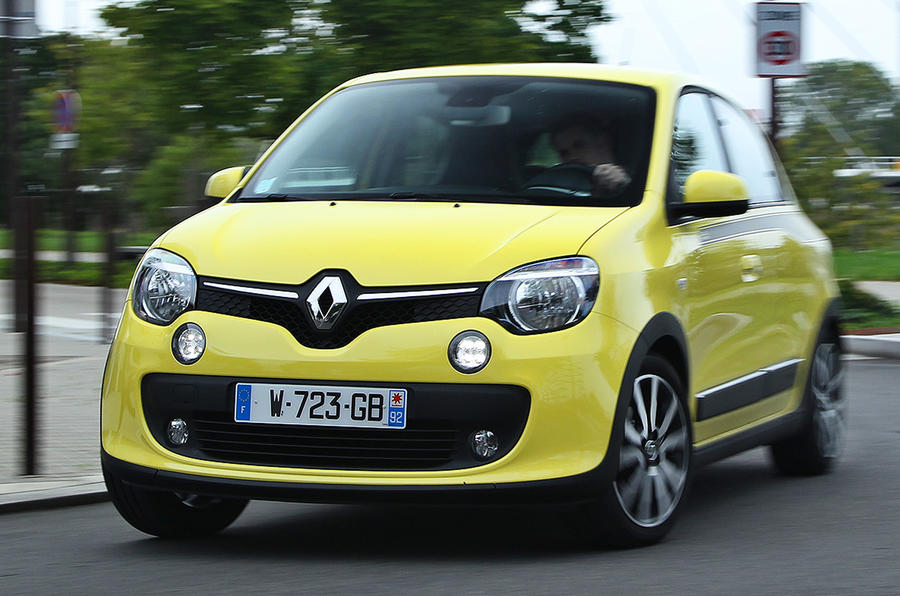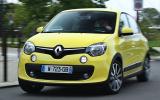What is it?
The all-new Renault Twingo, the product of a co-operative project between the French company and Daimler’s Smart brand. It’s the first five-door Twingo and the first new rear-engined Renault since production of the boxy 10 saloon ended in 1971.
The new Twingo is just 3.59m long, which is pretty compact for a full four-seater with a well-sized rear cabin. Indeed, the new Twingo is a full 10cm shorter than the outgoing three-door Twingo but has a 12cm longer wheelbase.
Renault says the rear-engined layout has allowed its engineers to push the dashboard further forward. This lengthy cabin, combined with a front passenger seat back that folds forward, allows loads as long as 2.31m long to be fitted inside the Twingo.
Although there’s no luggage space under the bonnet (the space is filled with the radiator and various fluid reservoirs), Renault says that not having the engine mounted between the front wheels has greatly improved crash safety.
Renault expects a four-star result in the NCAP tests, but says it will regard that as a good result in the wake of more the stringent regulations introduced in January this year. The Twingo structure’s main safety cage is made of very high strength steel than can absorb forces of "120kg per square millimeter".
Pedestrian protection is also claimed to be much improved thanks to the amount of free deformation space allowed by the empty nose. Renault engineers have not had to raise the bonnet line to meet the pedestrian protection regulations, which – along with the very short nose – they say gives the Twingo driver the best forward view of any car in the A segment.
Perhaps the biggest advantage with the rear-engined layout is the ability to allow the Twingo’s front wheels to pivot by 45 degrees off the straight-ahead position (the previous Twingo managed only 30 degrees). This gives the Twingo a tiny turning circle of just 8.9m, only marginally larger than that of a London black cab.
At the rear is a re-engineered version of Renault’s familiar three-cylinder turbocharged petrol engine. The unit has been rotated by 49 degrees, so it is 15cm lower than its usual upright position, sitting under the boot floor. Renault says that this re-positioning of the engine means half of the components have had to be re-designed. The rear suspension is an unusual De Dion torsion beam design.
This turbocharged engine, like the 69bhp normally aspirated unit, drives a conventional five-speed manual gearbox. There will be the option of a six-speed dual-clutch automatic transmission, but it won’t arrive for another 12 months. Interestingly, the engine block can be lowered by 150mm to aid with major servicing.
Inside, Renault’s designers say they have managed to carve out 52 litres of storage space, including space under the rear seat bench (like the original Mini). The boot offers a limited 188 litres, however. The seat backs can be locked in a more upright position to stretch that to 219 litres. Pushing the rear seat backs forward creates a completely level load bay.













Join the debate
Add your comment
Ordered ours!
I just love the pointy feel of the front end and the unusual sense of where the (very quiet) engine note is coming from.
It all just looks and feels right!
Like what Smart should have done years ago... Oh, hang on...
Rear Engine
Rear placement between the "widest track" is a waste of space, results in a smaller boot and affects directional stability especially in cross winds.
The only advantage is a better crumple zone.
Renault confirms